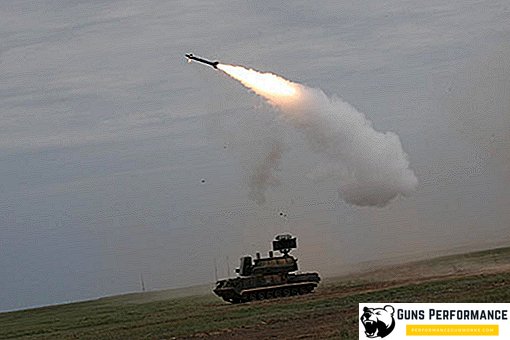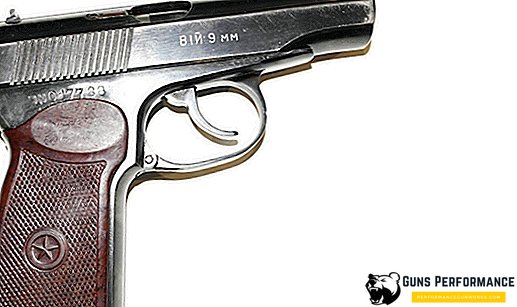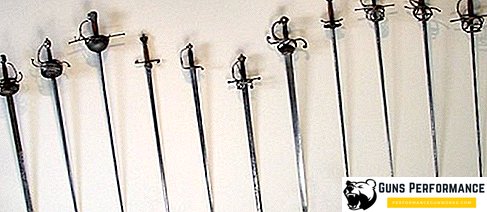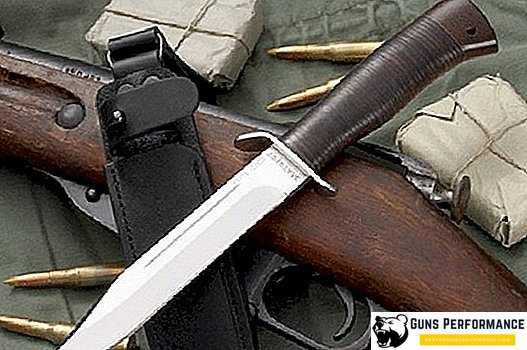At the end of the twentieth century and at the beginning of this century, the major military powers of the world had to wage a fierce anti-partisan struggle. Guerrillas rarely engage in direct battles with regular troops, their tactics often being reduced to installing land mines on the roads and attacking ambush supply columns. However, it has proven to be very effective.
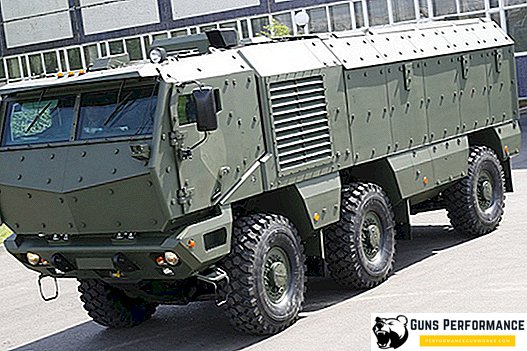
A special program for creating vehicles (Mine Resistant Ambush Protected) was adopted, which means a car protected from mines and ambush attacks. Within the framework of this program, special armored vehicles were created that were maximally protected from mines and land mines.
It should be noted that the creation of such machines is not new. For the first time, they began to be used by South African troops during the conflict in Angola in the last quarter of the last century. Guerrilla warfare was active on the territory of these countries, and laying mines and mine bombs was a very common practice. It was there that Buffel appeared - a car that had a very unusual appearance.

There are several ways to increase the level of vehicle protection. Firstly, the bottom of the car is given a V-shape and maximally lifts it above the roadway. This form of the bottom effectively dissipates the shock wave. Secondly, massive structural elements are removed from the case as much as possible: suspension, engine, chassis. Because after the explosion, they themselves turn into damaging elements. Well, and, finally, book the car body itself. Usually for the creation of such cars use units and assemblies of production cars, which significantly reduces their cost.

After the outbreak of hostilities in Iraq and Afghanistan, the creation of such cars was actively pursued in the United States, because it was from land mines and mines that the US military suffered the greatest losses.
Immediately many countries in the world began to produce such machines. Poland, Ukraine, Turkey, China, USA and other countries. Cars are usually made on the basis of production models. In Russia, work has also begun in this direction. Immediately at several car factories began to create armored trucks. One of the results of the work of domestic automakers was the creation of the Typhoon armored car. Rather, this is not one armored car, but a whole family of cars made in recent years.
Story
In 2010, a plan for the development of motor transport of the Russian Armed Forces appeared, and it provided for the creation of its own armored vehicles. Several plants took up the work at once: KamAZ, the Ural Automobile Plant, the Yaroslavl Engine-Building Plant, research centers and institutes.
Soon the first cars were shown to high military leadership. And in 2013, the car KamAZ-63968 "Typhoon" was presented to the general public. A little later, another vehicle made in Tatarstan - KamAZ-63969 Typhoon was presented to the Minister of Defense.
In total, KamAZ created three armored trucks, two more were produced at the Ural Automobile Plant.

All of these cars have enhanced security and are designed to perform transport functions, including in hazardous areas. First of all, they are needed for the transportation of personnel, weapons, ammunition and much more. On the basis of these cars can be made cars that will perform highly specialized functions. For example, communication vehicles or medical cars, tow trucks, mobile command posts, excavators, cranes.
On all these cars the engine YMZ-536 is installed, they are unified according to the elements of the running gear and armor protection. Also in each of the "Typhoon" family cars there is an on-board information and control system that collects information about the operation of all components and assemblies of the machine and provides it to the driver.

On all "Typhoons" can be installed machine-gun module. Armor protection - combined, consists of metal and ceramics, it provides the fourth class of protection. Video cameras are installed around the perimeter of the cars, which allow to assess the situation directly from the transport compartment or from the cab. All cars of the "Typhoon" family have three or four axles.
KamAZ 63968 and KamAZ 63969
KamAZ-63968 "Typhoon" can withstand the erosion of eight kilograms of TNT under any part of the car. Combined booking - steel and ceramics, armor can withstand a bullet of 14.5 mm caliber from a KPVT machine gun, as well as an armor-piercing 7.62-mm bullet B-32 from the SVD.
The driver's cab and transport compartment are very convenient. It has comfortable seats with headrests, gun holders and seat belts. To reduce the impact of the shock wave chairs are attached to the walls of the armored module. On the roof can be mounted machine gun. There is air conditioning. Exit through the rear ramp or through a side door. In the roof there is a hatch for emergency evacuation.

The tires of the car are also bulletproof, with air pumping. The cab is equipped with a BIUS system that regulates the operation of all vehicle systems.
KamAZ 63969 "Typhoon" also began to be created in 2010. This machine has a body structure. Its wheel formula is 6 × 6. Cabin - double, there is a passage from the cab to the module. The machine also provides protection against bullets of 14.5 mm caliber and against smaller caliber armor-piercing ammunition. A car can transport a troop of paratroopers and is very similar in appearance to an armored personnel carrier. On the roof of the machine, you can install a machine gun module.
Specifications
Below we have prepared the technical characteristics of two cars: KamAZ 63968 and KamAZ 63969.
| Specifications | KamAZ-63968 | KamAZ-63969 |
| Wheel formula | 6×6 | |
| Length mm | 8200 | 8850 |
| Width, mm | 2550 | 2550 |
| Height mm | ||
| on the cockpit | 2930 | 2860 |
| common | 3100 | 3100 |
| Base, mm | 2400+2710 | 2400+2710 |
| Ground clearance, mm | adjustable | 185-575 |
| Turning radius, m | less than 10 | Less than 10 |
| Vehicle weight, t | 17,1 | 21 |
| Engine | ||
| model | KamAZ-740.60-450 | KamAZ-740.354-450 |
| type of | diesel, turbocharged | |
| Maximum speed, km / h | 100 | |
| Power reserve, km | 1200 | 1200 |



